Hi everybody!
I’m about to ‘go offline’: for some 10 days I might be ‘around’, but I doubt I’m going to have the time to prepare any additional analysis. Even for today, I have something ‘rather unusual’ for you, if you like. The following is based on the last feature I’ve ever published in the ‘mainstream media’: an article prepared on request from-, and then published in a monthly in the UK, ‘specialised’ in coverage of air forces, about four years ago.
The reason I’m ‘re-publishing’ it (i.e. it’s ‘significantly updated version’) here on my blog is that ever since the Israeli ‘retaliation’ strike on Iran, on 25 October, not only the Israel Defence Forces or the Israeli media, but also lots of Experten in the West are claiming that this attack something like ‘knocked out the Iranian air defence’. That Iran is thus now ‘defenceless’ against additional Israeli air and/or missile strikes.
I do not say I know the Iranian air defence system ‘inside out’. However, I do happen to know a bit about it – principally because while researching about a similar topic related to certain other country, I ‘stumbled’ into the topic of the Sino-Iranian cooperation, and then began ‘connecting dots’ with help of publicly available information. And when one is researching that topic, then one finds that there is so much more in Iran, than ‘few S-300PMU-2’ and ‘MIM-23B I-HAWK/Mersad’ surface-to-air missile sites the Israelis claim to have hit (and Iran is, indirectly, confirming, when acknowledging the loss of four of its air defence officers).
One way or the other, to me the Israeli claim for destruction of the Iranian air defences is entirely in-explainable. Indeed, it’s outright ridiculous.
Here’s the ‘why’.
***
The Islamic Republic of Iran (IRI) hast two separate military organisations.
Nominally, the principal between these should be the regular armed forces, including:
- Islamic Republic of Iran Army (IRIA; with its own flying arm, the Islamic Republic of Iran Army Aviation, IRIAA),
- Islamic Republic of Iran Air Force (IRIAF),
- Islamic Republic of Iran Navy (IRIN, with its own flying service), and
- Islamic Republic of Iran Air Defence Force (IRIADF).
Officially, their task is the defence of the territorial sovereignty of the IRI. For this purpose, the IRIADF is primarily equipped with Russian-made S-300PMU-2 (ASCC/NATO-codename ‘SA-10 Grumble’) and US-made/locally modified MiM-23B I-HAWK/Mersad surface-to-air missiles (SAMs), and responsible for air defence of major air bases and airfields, and for strategic facilities related to the oil-/gas exploitation.
However, the dominant military- and socio-economic factor in the country is the ‘irregular‘, ‘quasi-para-military’ branch: the Islamic Revolutionary Guards Corps (IRGC). As indicated by its name (and explained in the earlier feature about the Mess of Russo-Iranian Arms Deals), the IRGC is responsible for the protection of the ‘Islamic Revolution’ and the (quasi-)clerical government of the Iranian Shi’a clergy that controls the country since 1979. The IRGC not only controls most of the economy (including the defence sector), but is exercising strong influence upon the government in Tehran, and all commanders of regular armed forces.
Oversimplified, the IRGC is organised into (between others),
- ground forces (including the Basiji Corps; which are its sole ‘true para-military branch’ remaining),
- Qods Force (Jerusalem Force; the IRGC’s branch for operations abroad);
- its own naval service (IRGCN), and
- its own missiles-operating- and flying service, the Islamic Revolutionary Guards Corps Air & Space/Aerospace Force (IRGCASF).
Officially, the task of the IRGCASF is to… actually do the same like the IRIADF. See: defence of the Iranian airspace. However, while the IRIADF is geographically organised and its units rarely moving around, the IRGCASF’s units are frequently re-deployed. Sure, their actual principal task is the defence of places with strategic importance - like Iran’s nuclear industry and major ballistic missiles factories (all of which are controlled by the IRGCASF, too). However, one can find the IRGCASF’s air defence units deployed all around the country, depending on necessity - and that because the IRGC is keen to ‘demonstrate’, at every opportunity, that it - and not the ‘regular’ armed forces - is ‘protecting the nation’.
Another reason for IRGCASF’s doctrine is that in the aftermath of the US invasion of Iraq, in 2003, the IRGC has developed its own strategy of national defence of Iran. Known as the ‘Mosaic Doctrine’, this is emphasising pre-emptive operations outside the country (foremost in Iraq, but also in Lebanon, Syria, and Afghanistan), and a de-centralisation of all systems of control and communication with the aim of making its command structure more resilient and capable of surviving even most severe blows.
Around the same time, and reaching back upon IRGC’s air defence units established during the war with Iraq (1980-1988), the organisation launched the work on establishing its own air defence system. Over the following decade, the IRGC’s air defence units were equipped with such Chinese- and Soviet/Russian-made SAM systems like
- HQ-2 (ASCC/NATO-codename ‘SA-2 Guideline’),
- 2K12 Kub (‘SA-6 Gainful’),
- 9K317 Buk-M2EK (‘SA-17 Grizzly’); and the
- 9K330 Tor (‘SA-15 Gauntlet’).
Most importantly, in the light of repeated Russian refusals to deliver advanced weapons systems – even when Tehran placed up-front payments for these – about ten years ago the IRGC entered close cooperation with the China Poly Group Corporation (CPGC), from the People’s Republic of China (PRC): because the ‘Poly Group’ maintains closer relations to the top ranks of the People’s Liberation Army of China than any other similar company in the PRC does, this in turn enabled the Iranian Electronic Industries (IEI) in Shiraz to establish particularly close ties to the 14th Institute of China Electronic Technology Group Corporation. The core of the Chinese military electronics industry. Correspondingly, the IRGC thus gained access to the best of the Chinese air-defence industry. The result is a cooperation that one of foreigners interviewed during the research for this article described as, ‘closer than the cooperation between the PRC and Pakistan’.
Original aims of cooperation between the IRGCASF and the CPGC were as follows:
- Overhaul of available MIM-23B I-HAWK, S-200/SA-5, 2K12/SA-6, 9K317/SA-11 and SA-17 SAM-systems;
- development of upgraded variants of such systems like the MIM-23B I-HAWK and S-200;
- development of new, stand-alone SAM-systems;
- integration of all existing and new SAM-systems into an integrated air defence system (IADS); and
- domestic production of new SAM-systems and their introduction to service.
Over the last ten years, this project resulted in the emergence of no less than six major families of SAM-systems.
- Sayyad-1: licence variant of the Chinese-made HQ-2 SAM (itself a copy of the Soviet/Russian-made S-75/SA-2), further developed into the IR-homing Mehrab (including components of the US-made RIM-66B SAM-system), and its follow-up variants Sayyad-2, Sayyad-2M, Sayyad-3 and Sayyad-4.
- Sagheb Tagheb: licence variant and then further upgrades of the Chinese-made HQ-7 SAM-system in form of Zahra-1/2/3, Talash-1 and Herz-9 SAM-systems;
- Talash-3: originally a combination of the S-200/SA-5 and the RIM-66B, but meanwhile an entirely new SAM-system with no familiarities with its Soviet/Russian or US origins;
- Shahin: locally-manufactured copy of the MIM-23B I-HAWK, and its further upgrades like Mehrab-1/Sayyad-2, Shalamcheh, Ghader Mersad and Hafez.
- Taer-1, Taer-2A, Taer-2B, Ra’ad-1 and Sevom Khordad: wheeled variants of the Russian-made 9K317/SA-17 and the K12/SA-6 SAM-systems, respectively.
- Bavar-373: an entirely new SAM-system including some components said to be outmatching the Soviet/Russian S-300 and S-400 SAM-systems both in terms of capabilities and range.
Tehran was (and still regularly is) happily boasting that all are based on domestic design, and ‘made in the IRI’. However, nearly all were designed by the 14th Institute. Sure: to Iranian requirements, but still: actually, at least their design is ‘made in PRC’. If nothing else, it took the CPGC a few years to launch their production in the PRC, and then in the IRI, too.
Point is: most of these SAM-systems were in operational service with the IRGCASF already as of 2020. The Bavar-373 was few years late, but undergoing testing pending service entry. I do not know exactly how many of what systems are in service, or where are they deployed. However - and regardless of their ‘confusing’ designations - all these systems have one thing in common: each is supported by multiple different radar systems. Indeed, already by 2020, the cooperation between the IRGCASF, IEI, the Poly Group and the 14th Institute has resulted in the emergence of about two dozens of different early-warning-, active- and passive array systems, and fire-control radars. For example, the Bavar-373 SAM-system is including no less than four different radars:
Except for multiple radars, Bavar-373 can operate at least three different types of missiles (the Sayyad-family of SAMs), each with different guidance systems and range -and it can be coupled with different other of SAM-systems operated by the IRGCASF.
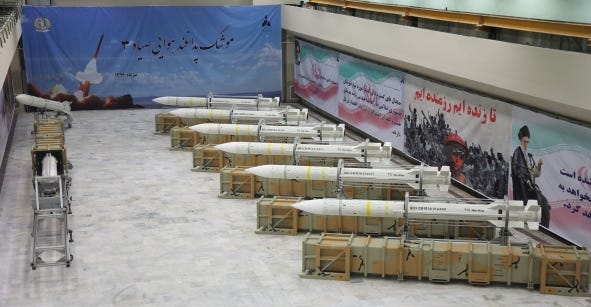
While certainly representing a maintenance nightmare, an IADS containing so many different radar systems is also extremely hard to combat, because it’s including plentiful of redundancy, and any opponent must find a solution for facing multiple different sensors at once.
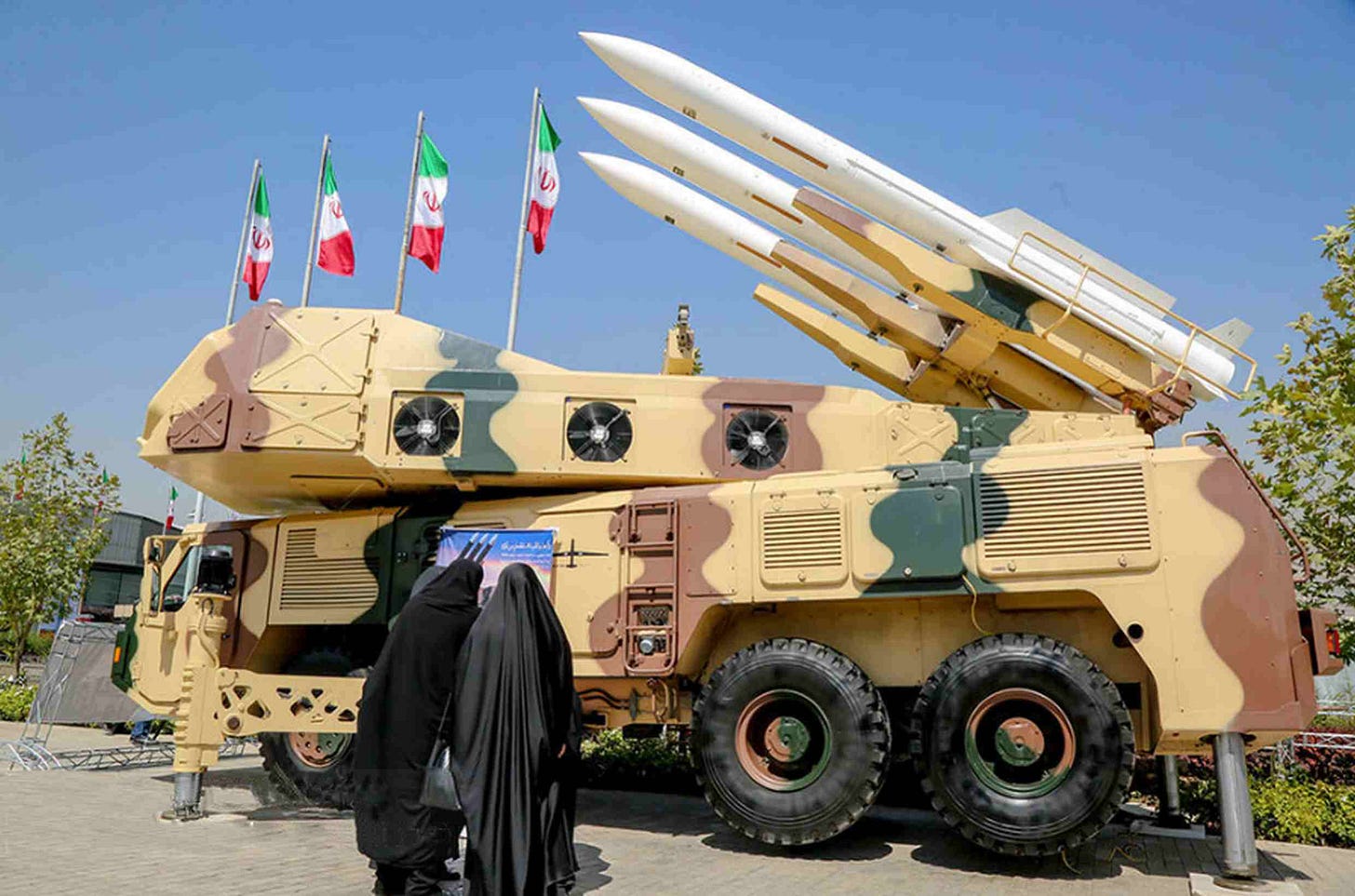
Sure, as of 2020, some of systems in question were still available as prototypes only. They were ‘undergoing research and testing’. However, meanwhile, the majority is in production – and that in the IRI. Because, contrary to the situation in Iran, where corruption is endemic and there is a massive lack of industrial management skills, lack of quality control, and general disorganisation, while the IRGC is stealing from literally everybody, the PR-Chinese - as much as some of them are corrupt – are well-organised and disciplined. Thanks to the Iranian Petro-Dollars, these projects were also well-financed. Thus, while at earlier times the Iranians couldn’t even establish and run series production of such simple ballistic missiles like diverse ‘modified copies’ of the Soviet R-17E (ASCC/NATO-codename ‘SS-1 Scud’) at home, meanwhile, and thanks to their cooperation with the PRC, they have a flourishing electronic industries, and not just one or another missile factory.
…and the majority of most important and most sensitive such facilities were constructed under the ground, so that they can survive direct hits by stuff like Israeli air-launched ballistic missiles like Rocks.
***
Bottom line: cannot but repeat my question from the start of this feature. How can anybody sober and serious come to the idea to claim the Israelis have ‘destroyed the Iranian air defence system’ - when, alone based on the amount of equipment meanwhile confirmed to be operated by the IRGCASF, it’s obvious that the Israelis have barely scratched one of two of Iran’s air defence systems?

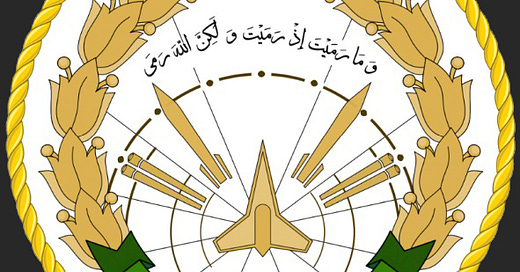



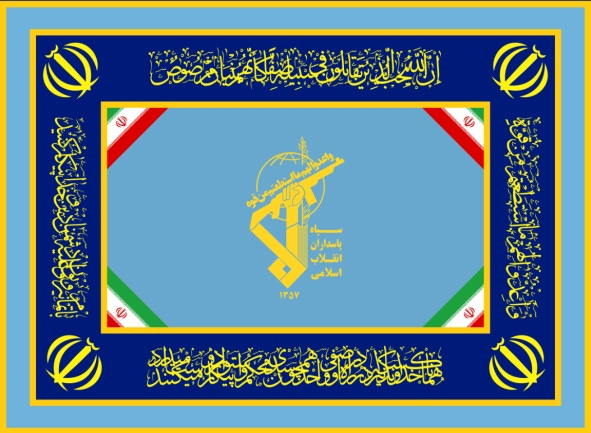
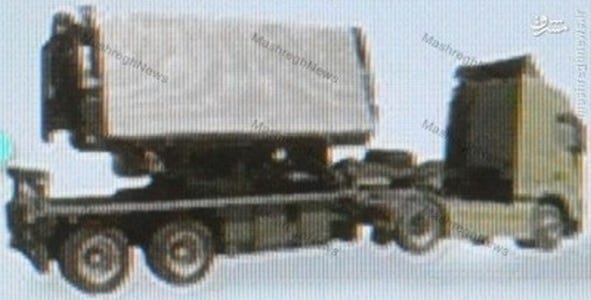
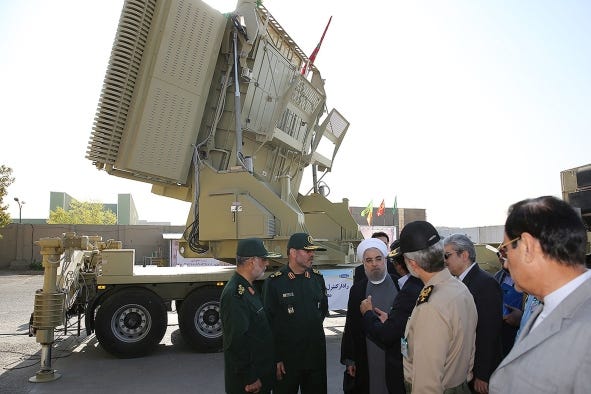
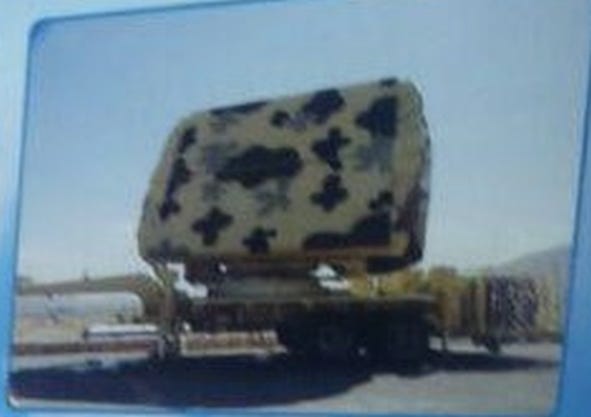
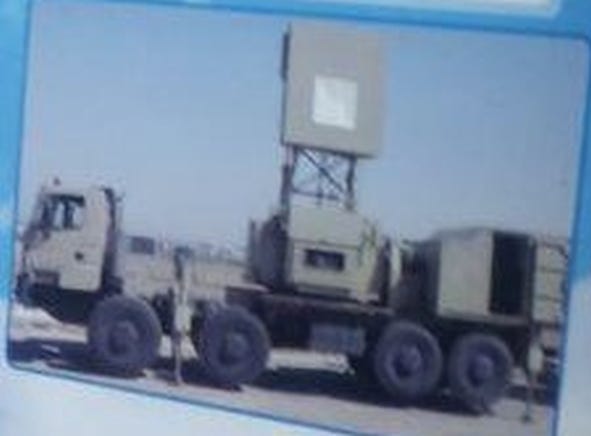
Again, the latest Israeli attack on Iran--more political theater. Yes, there were casualties so the actions were a touch more than political, but the Israeli purpose allegedly was principally political. This in my perception is somewhat akin to gunboat diplomacy, but with firing a couple of shots across the bow.
But Tom.....the Israeli's did completely and utterly discombobulate the entirety to the Iranian Integrated Air Defense System. Of that there can be NO doubt.
Why??? Because BIBI said so....and when BIBI speaks....people stop listening.
:o)